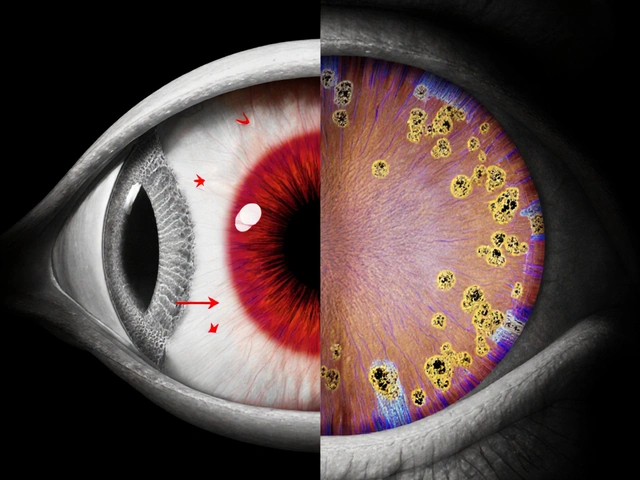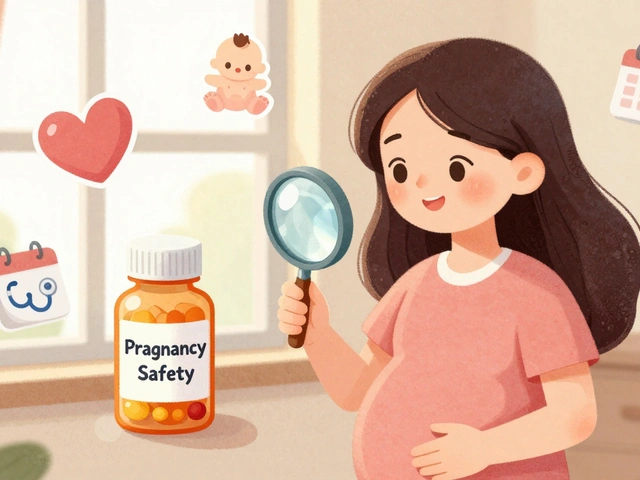Disseminated Candidiasis Antifungal Treatment Made Simple
If you or someone you know has been diagnosed with disseminated candidiasis, you’re probably wondering what comes next. This isn’t a skin rash you can just ignore – the yeast has spread through the bloodstream and can affect organs like the heart, brain, and kidneys. The good news is that modern antifungal medicines can clear the infection, but you need the right drug, the right dose, and a plan to watch for side effects.
Which Antifungal Drugs Work Best?
Doctors usually start with one of three classes of antifungals. Fluconazole is an oral pill that’s easy to take and works well for many patients, especially if the infection isn’t too severe. If the yeast is resistant or the patient is very sick, they might switch to an echinocandin like caspofungin or micafungin, which are given through an IV. The most powerful option is amphotericin B, also IV, but it can cause kidney problems, so doctors keep a close eye on lab tests.
How to Take Your Medicine Safely
Dosage depends on the drug and how sick the person is. For fluconazole, doctors often start with 800 mg on the first day, then 400 mg daily for several weeks. Echinocandins are usually given once daily at a weight‑based dose – for example, caspofungin 70 mg on day 1, then 50 mg daily. Amphotericin B dosing can range from 0.3 to 1 mg per kg of body weight, given over several hours. Regardless of the drug, it’s essential to keep all follow‑up appointments so labs can check liver and kidney function.
Side effects differ by medication. Fluconazole may cause mild nausea or headache, while echinocandins can lead to fever or infusion reactions. Amphotericin B is known for chills, fever, and the dreaded kidney toxicity. If you notice any new symptoms – like swelling, dark urine, or severe abdominal pain – call your doctor right away.
Beyond the meds, there are steps you can take to boost recovery. Stay hydrated, maintain good nutrition, and avoid foods high in sugar that can feed yeast. If you have a central line (a tube placed in a vein for IV drugs), keep it clean and follow your clinic’s instructions to prevent new infections.
Finally, remember that treatment isn’t a one‑size‑fits‑all. Some patients need weeks of therapy, others months, depending on how deep the infection went. Your healthcare team will tailor the plan, monitor blood tests, and adjust doses as needed. Keep a notebook of when you take each dose, any side effects, and questions for your doctor – it makes the whole process smoother.
Disseminated candidiasis can feel scary, but with the right antifungal, careful monitoring, and a few practical habits, most people get back to normal life. If you’re starting treatment, ask your pharmacist about ways to manage side effects and don’t hesitate to reach out to your doctor with any concerns.





